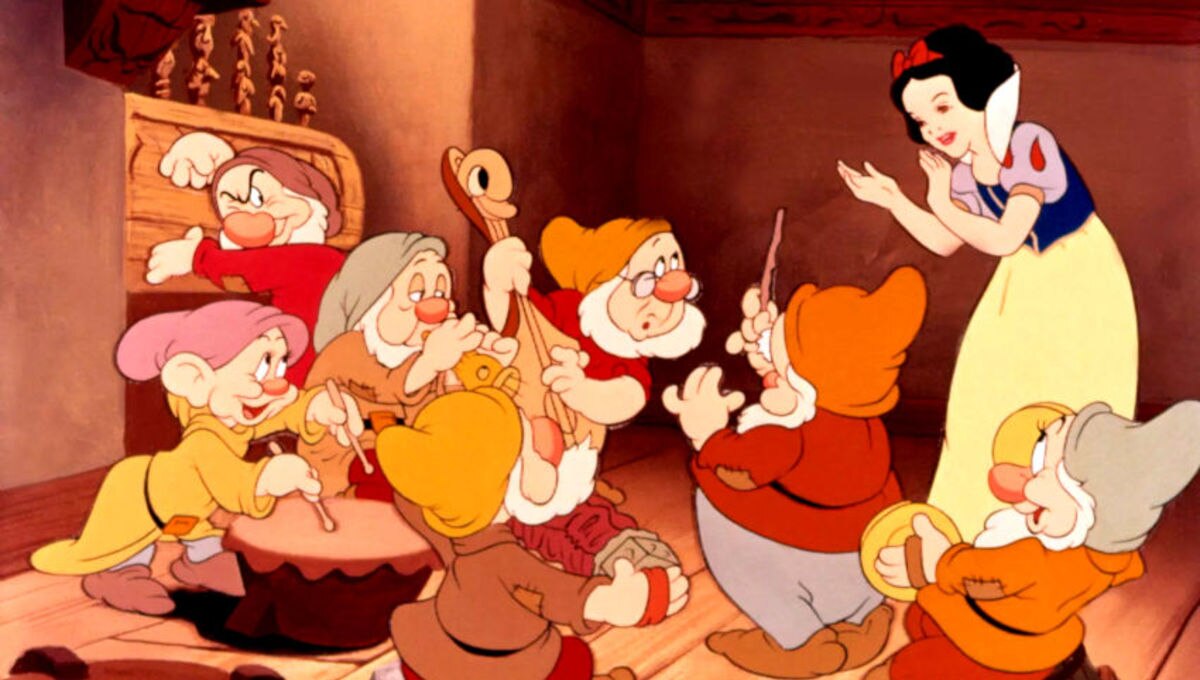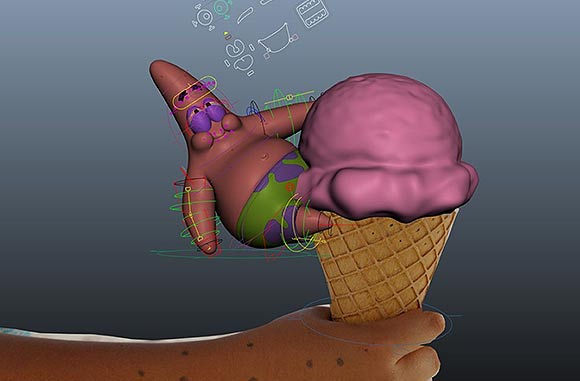Thaurmatrope
One type of animation technique is a thaurmatrope. A thormatrope was a popular Victorian toy in the 19th century. It was a disk or card with a picture on each side and is attached to two pieces of strings. When the strings are twirled quickly between the fingers the two pictures appear to blend into one due to the persistence of the vision. An example of common thaumatrope pictures include a bare tree on one side of the disk, and its leaves on the other.
Below is a bird cage example:
Flipbook/Flickbook
A flip book or a flick book is like a thaurmatrope but with a series of pictures that vary gradually from one page to the next. Anyone can use a flip book as long as you draw the picture correctly and flip it at a fast speed so that when the pages are turned rapidly the pictures appear to animate by simulating motion.
Drawn Animation/Traditional Animation
Drawn animation is where animators draw each frame of the film. This is a similar method to the flip book as each frame is drawn slightly differently from the previous one. For a drawn animation you can use marker pens and a very sketchy drawing technique, so that the pictures are constantly moving.
Zoetrope (Wheel of life)
A Zoetrope, invented by William Horner in 1834, is one of several pre-film animation devices that produce the illusion of motion by displaying a sequence of drawings or photographs showing progressive phases of that motion. The Zoetrope is considered the forerunner of a cinema film. A Zoetrope was originally called the daedalum which means (wheel of the devil).

Stop Motion/Claymation
Claymation is a type of stop-motion animation where a scene is set up, a picture is taken on a camera and then the scene is moved. Another picture is taken and so on. In claymation the models can be puppets,clay or another material that is malleable. Claymation gives it a 3D effect that is often lacking in other techniques. A good example of claymation is Wallace and Gromit,Pingu or morph. I’d say the target audience for clay animations are for children because they can’t use a lot of violence in them as it would be hard to do that with clay. Also, most of the clay animations are funny.

Stop-motion / Cutout
Cutout stop-motion is when you use flat character, proper and backgrounds cut from different materials such as paper, card, stiff fabric or even photographs. The Cut-out method is rarely used in modern animation, however, animators such as Mat Stone and Trey Parker have had worldwide success with their creation ‘Southpark’.
Cel Animation
A cel, short for celluloid, is a transparent sheet on which objects are drawn or painted on for traditional, hand-drawn animation. To make a cel animation you draw images onto the cels then they are overlaid to create a composite image. One cel would contain the background and the others would contain the moving parts. This method can be seen in cartoons such as Tom and Jerry, the old Mickey mouse and The Flintstones.
Rotoscoping Animation
Rotoscoping is an animation technique that animators use to trace over motion picture footage, frame by frame (one frame at a time), to produce realistic action. This technique was originally used by filming scenes in live actions and then projecting the film onto glass panels so an animator could trace the action in every frame. Many of Disney’s early titles such as Snow White and Cinderella were all created by using Rotoscoping.

CGI Animation
CGI stands for computer generated imagery (can also be known as computer animation) this technique is used for generating animated images by using computer graphics. Using CGI animation creates three dimensional images. When the designers make CGI animation they create a series of computer generated graphics then once they have made the series of graphics they bring it to life using details such as texture, lighting, and color. The benefits of CGI is that it can create high quality images that would not be possible by using traditional techniques. One of the first movies to use CGI Animation was ‘West world’ in 1973 by Michael Crichton’s.



















